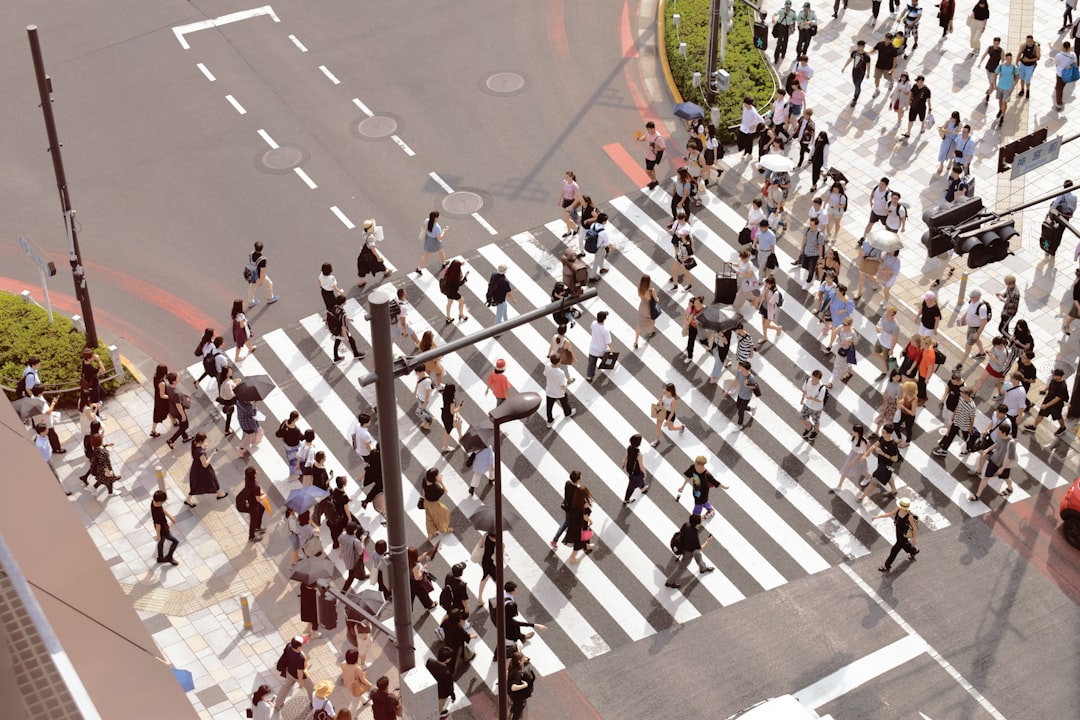What is it about?
In this article, the authors consider translation and translators as agents in globalisation processes and focus on their role in the ‘first globalisation’ within the Spanish empire from 1500 onwards. Combining concepts and methods from history and translation studies, they take the Southern Netherlands as a geographical centre where translators, initiators of translations, printers, and other multilingual specialists were able to provide texts that circulated in the whole of the empire. They show how a relational database comprising multiple data on translations and the people related to them helps to uncover networks among the participants in the translation process and to discover if and how authorities were involved. Finally, the database sheds light on the translation centres, and on the empire’s language system
Featured Image
Read the Original
This page is a summary of: Translation as an Instrument of Empire: The Southern Netherlands as a Translation Center of the Spanish Monarchy, 1500–1700, Historical Methods A Journal of Quantitative and Interdisciplinary History, July 2014, Taylor & Francis,
DOI: 10.1080/01615440.2014.912552.
You can read the full text:
Contributors
The following have contributed to this page










